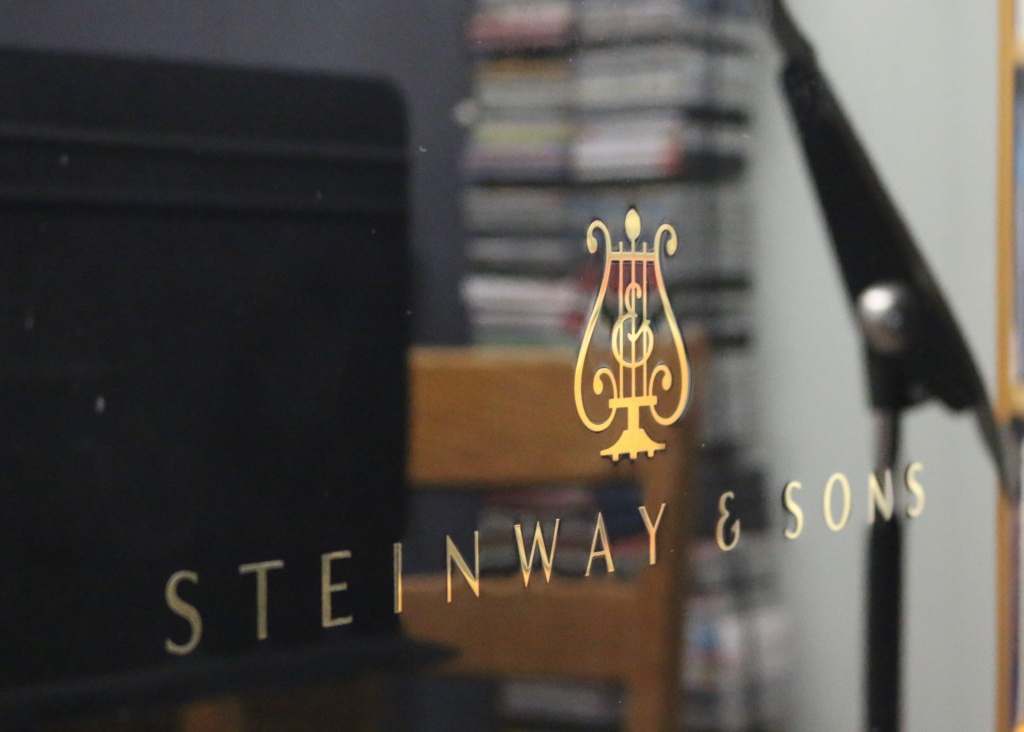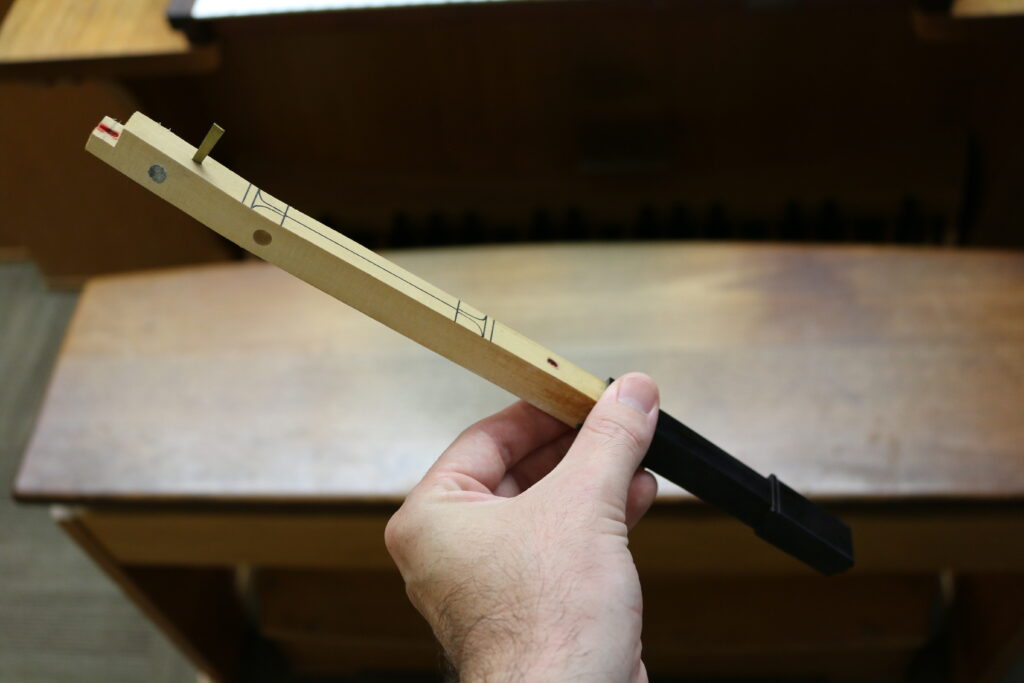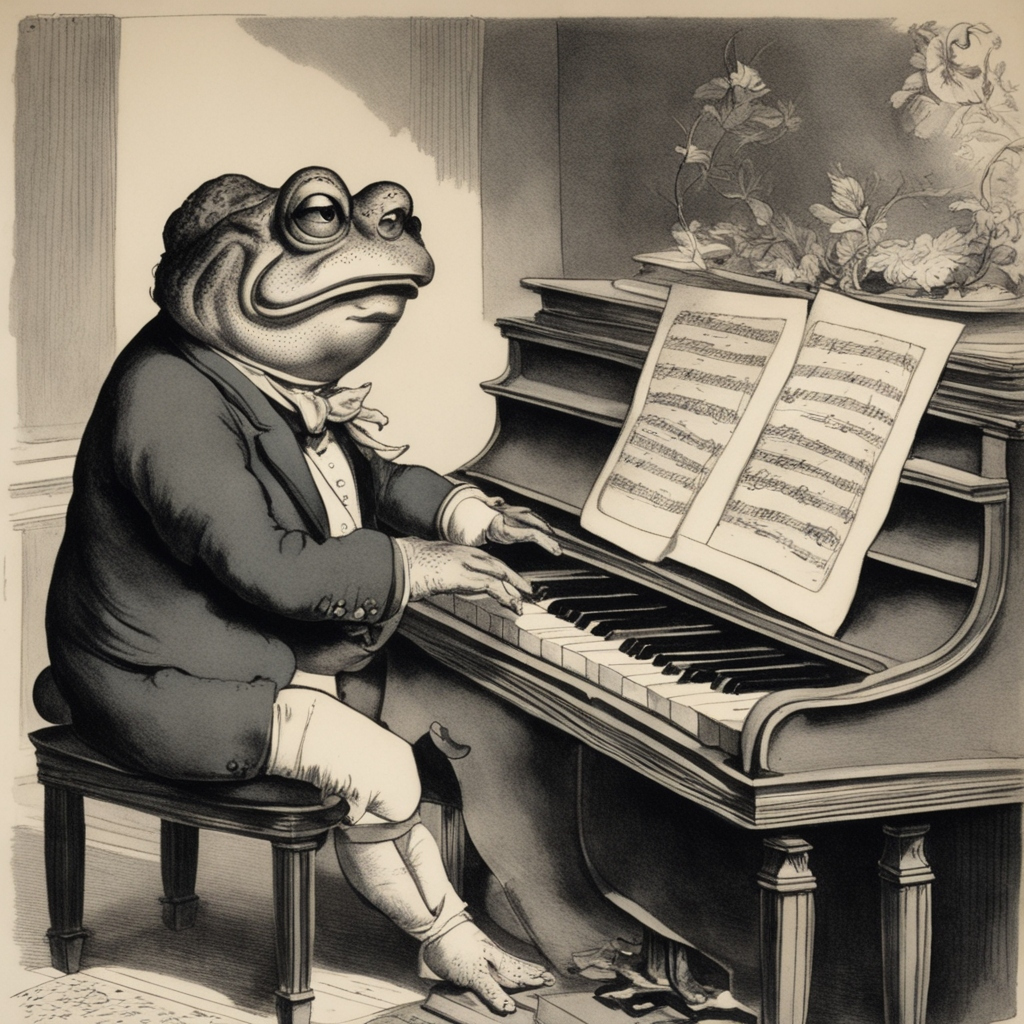How Did We End Up At the Modern Piano?
Like every invention, the piano had many failed starts. I use the term failed loosely as many of these instruments have been preserved for historical purposes, but, they did not ‘win out’ in the sense that we still use them regularly today for performances. One can see hints of the modern piano in each predecessor going back to the dulcimer. For the sake of this post, we’re going to hone in on two: the clavichord and the harpsichord.

Clavichord: Going Off On A Tangent
Clavichords represent a period between the 1400s and 1700s. The repertoire of the time suited the clavichords’ unique tuning, which I’ll discuss in the future as I develop more depth and understanding of the historical tuning methods. The method in which the player interacts with the keys is very similar to modern pianos as the keyboard is relatively unchanged. The biggest difference is how modern pianos strike and escape the strings, whereas, with a clavichord, a brass tangent strikes the string and remains in contact. The strike effectively makes the string sound while also determining the length at which the string will sound (determining the pitch).

Harpsichord: Less Chord, More Harp
We’ve all seen the 1984 film Amadeus (if you haven’t, go watch it) and are likely familiar with the scene where Mozart is flipped upside-down to perform. The instrument Tom Hulce’s character plays throughout the film is the harpsichord. The bright and tinny sound it produces results from a recognizable key action triggering a plectrum to strike through the string. If one imagines plucking a harp and theorizes how to accomplish the same task in a mechanical fashion, one might end up with the invention of a harpsichord.


